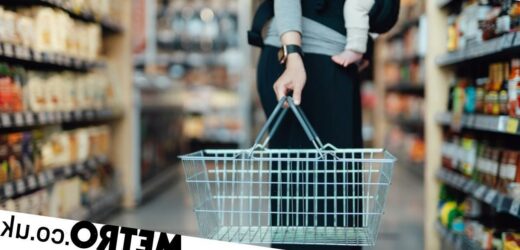Food inflation is at a 42-year high, with the price of staples like teabags, milk and pasta soaring.
All consumers are feeling the pinch, but the strain on those struggling the most has become intolerable. For some, the choice between skipping a meal so that their children can eat is an everyday reality. That’s why Which? has launched the Affordable Food For All campaign, calling on supermarkets to do more to help.
Working with researchers from the Consumer Data Research Centre at the University of Leeds, we have created a Priority Places for Food Index, and identified the 50 areas of the UK where people are most likely to struggle to put food on the table.
Our analysis takes into account factors relating to financial vulnerability, such as income deprivation but also issues that affect access to affordable food, such as proximity to large supermarkets (which tend to be cheaper than their smaller equivalents) or other types of food outlet and the availability of online shopping deliveries.
Birmingham Hodge Hill is the highest-ranking constituency in our analysis of the Index with all of its local areas identified as in need of extra support. A nearby food bank told us that it now helps 200 people a week, up from 75 last year.
When we visited Alum Rock Road (one of the area’s main thoroughfares) we found it was a busy but locals told us that there were few large food stores. This part of East Birmingham also has poor online delivery access and high levels of fuel poverty, meaning it can be a struggle for people to access affordable food.
In areas where access to supermarkets is closer to the national average such as Bradford West, but socio-economic barriers and fuel poverty are relatively high, supermarkets could make a big difference by providing targeted support such as budget ranges and investing in promotions. One local said their nearest supermarket is ‘usually out of stock of a lot of basic or lower priced items’.
There’s an important role for the government. But with inflation showing little sign of coming down, it’s incumbent on supermarkets to step up. So what does supermarkets taking action look like?
First, it means getting the right range of affordable and healthy budget line products in the right places. In areas identified in our Index with poor access to online deliveries, stores should be making them more cost effective, whether that’s adapting minimum spend requirements or better coordinating deliveries.
Second, it means ensuring pricing, across the store, as well as online and whether it’s promotional or special offers, ‘unit pricing’, is clear. That means less time solving the riddle of which product is the best value while running from one side of the aisle to the other.
Finally, it means tailoring marketing budgets and promotions for the most in need. Vouchers, loyalty cards and healthy start schemes prioritised to reach the most vulnerable areas will be critical. To go further, straightforward price reductions rather than multi-buy offers with higher initial spends are also simple ways of helping customers.
Our campaign does not promise to make the weekly shop stress-free for everyone. But by taking heed of our ten-point plan, supermarkets can enact changes that would make a difference to customers’ bills. The urgency of the cost of living crisis demands it.
Do you want to see supermarkets take action? Sign the Affordable Food for All petition
Do you have a story to share?
Get in touch by emailing [email protected].
Source: Read Full Article




